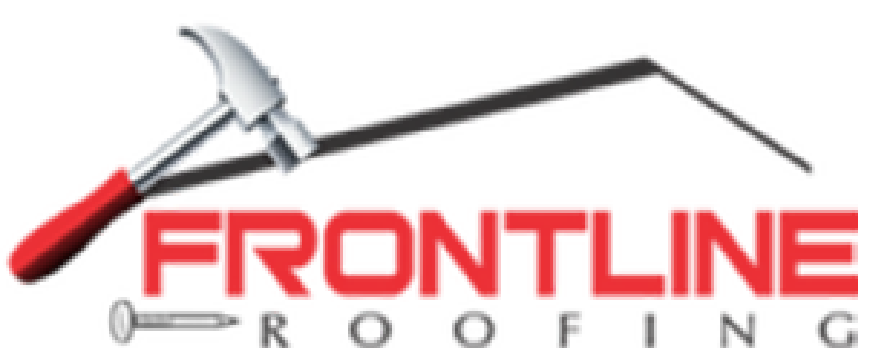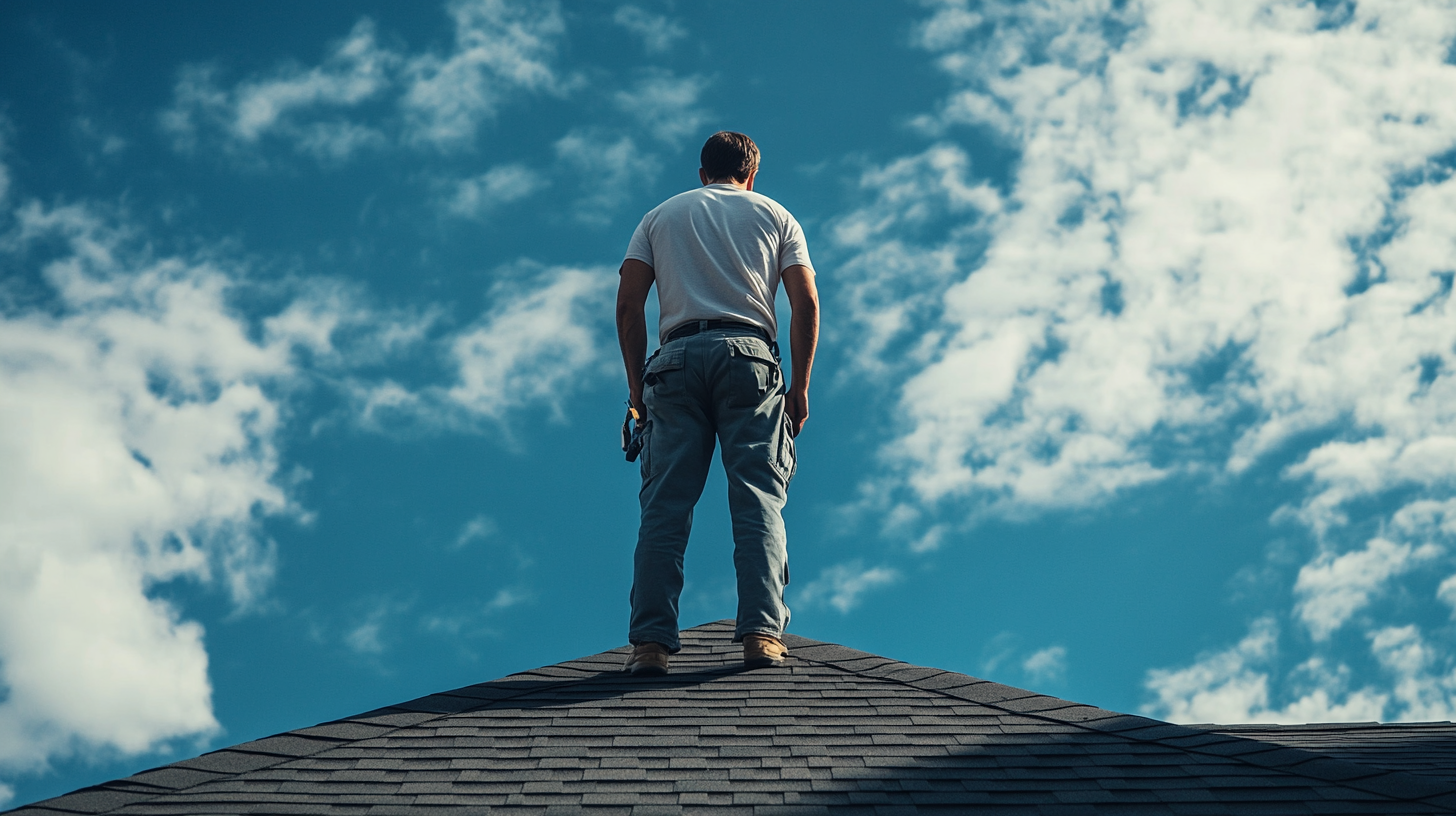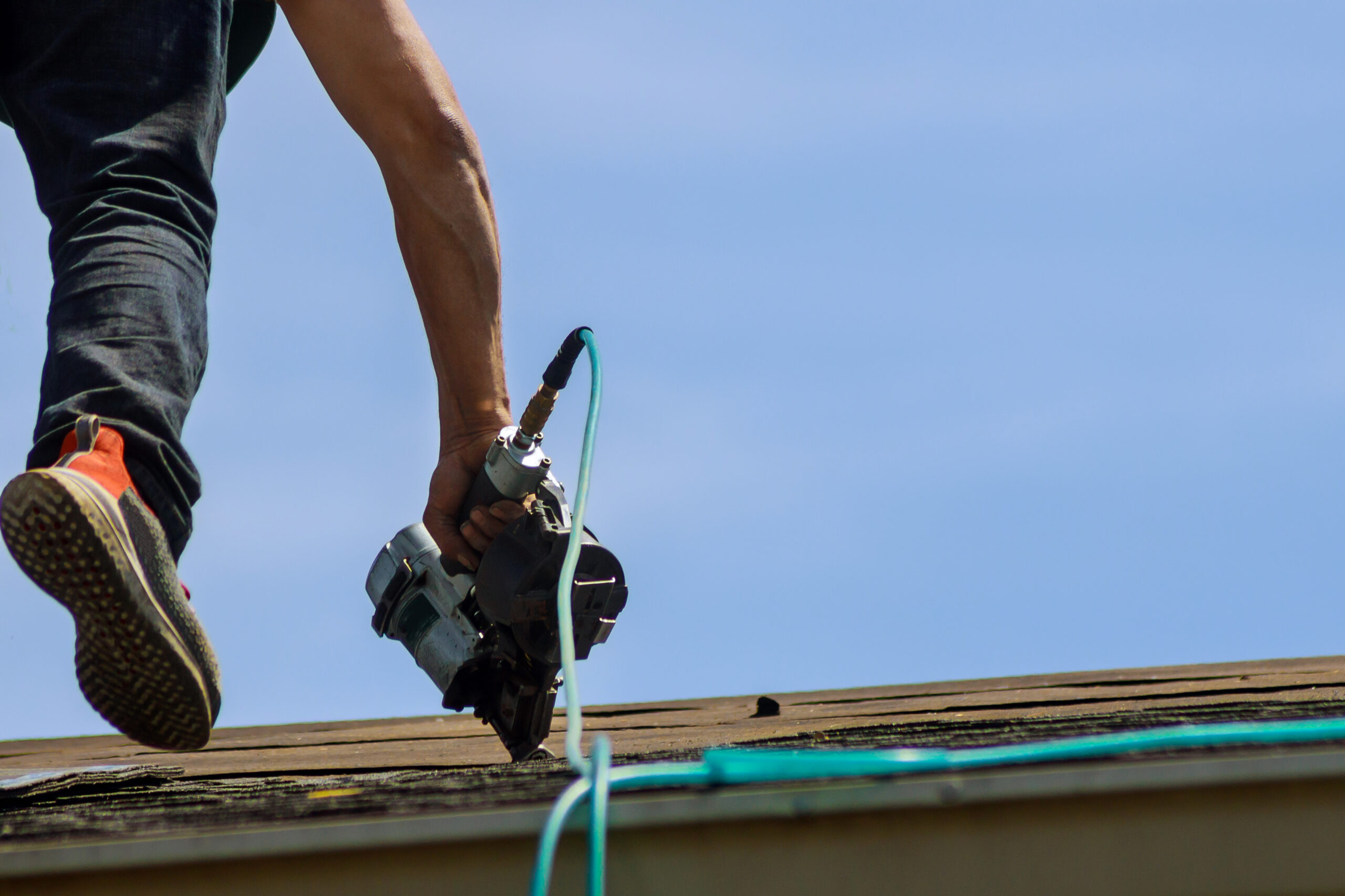Top 10 Signs It’s Time to Repair or Replace Your Roof in California
9.4 Min Read
Your roof is your home’s first line of defense against the elements, and keeping it in good condition is crucial, especially in a diverse climate like California’s. The state experiences a wide range of weather patterns, from the scorching heat of the desert to the heavy rains in the north and the salty air near the coast. Each of these environmental factors can significantly affect the integrity of your roof over time. Knowing when to repair or replace your roof can save you from costly damages and ensure your home remains safe and sound. Here are the top 10 signs indicating it might be time to take action.
1. Age of the Roof
The age of your roof is one of the most significant factors in deciding whether it needs repair or replacement. Most roofs last between 20 to 25 years, depending on the materials used and the environmental conditions they’ve been exposed to. As roofs age, they become more susceptible to damage from weather, wear and tear, and other external factors. If your roof is nearing this age, it’s wise to have it inspected, even if it seems to be holding up well. Regular inspections can help identify underlying issues that might not be visible to the untrained eye, allowing for timely interventions.
Additionally, different roofing materials have varied lifespans. For example, asphalt shingles generally last about 20 years, while metal or tile roofs can last longer if properly maintained. Understanding the specific lifespan of your roof’s materials can provide a better timeline for expected repairs or replacements. Keeping records of past inspections and repairs can also help you track your roof’s condition over the years, ensuring you make informed decisions about its maintenance.
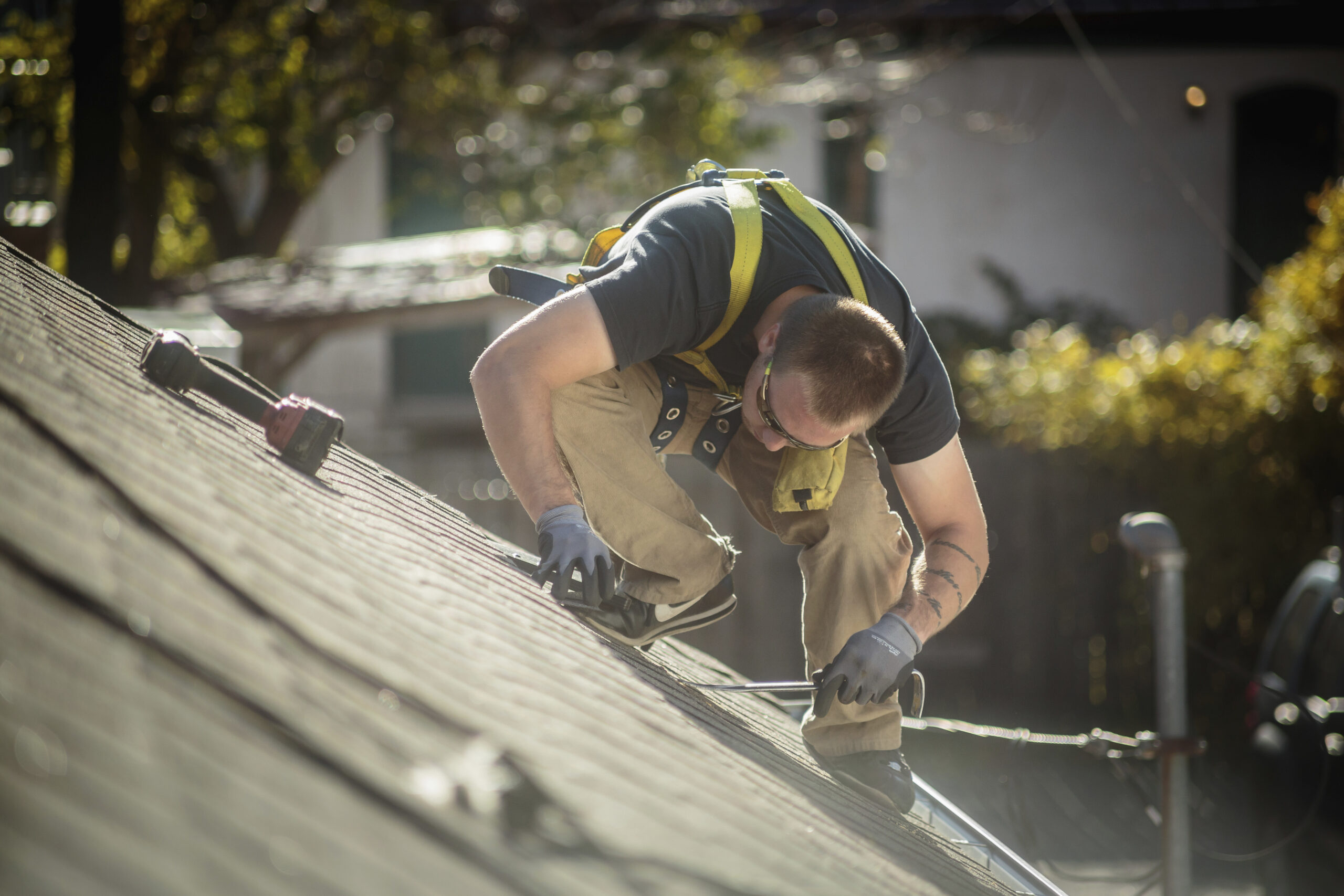
2. Curled or Buckling Shingles
Shingles should lie flat against the roof. If you notice that they are curled or buckling, it’s a clear indicator of roof damage. This can happen due to weathering over time or poor ventilation, and it often means your roof is susceptible to leaks and further damage. Curled shingles can also weaken the roof’s ability to shed water, increasing the risk of moisture seeping into your home.
Curling or buckling shingles can be caused by several factors, including improper installation, inadequate attic ventilation, or simply the aging process. It’s crucial to address these issues promptly, as they can lead to more severe problems like water damage or mold growth. Regular maintenance and addressing ventilation issues can help prolong the life of your shingles, ensuring your roof remains effective in protecting your home.
3. Roof Valleys
Roof valleys are critical areas where two sloping roof planes meet. Because they handle a lot of water runoff, they are prone to wear and damage. If shingles in these areas are missing or damaged, it’s a sign that your roof might need attention soon. Failing valleys can lead to roof leaks, which can be costly to repair.
In addition to leaks, damaged roof valleys can also compromise the structural integrity of your roof. Water accumulation in these areas can lead to rot and deterioration of the underlying materials, necessitating more extensive repairs. Regular inspections of roof valleys can help catch early signs of wear, allowing for preventative measures to be taken before severe damage occurs.
4. Missing Shingles
Missing shingles are an obvious sign of roof damage. They can be caused by strong winds, heavy rain, or even improper installation. When shingles are missing, the roof’s underlayment is exposed to the elements, increasing the risk of leaks and structural damage.
Moreover, missing shingles can affect the aesthetic appeal of your home, potentially lowering its market value. It’s important to replace missing shingles promptly to maintain the integrity and appearance of your roof. Hiring a professional to assess the extent of the damage and determine whether other shingles are at risk of detaching can prevent further issues down the line.
5. Granules in the Gutters
If you notice granules collecting in your gutters, it’s a sign that your shingles are deteriorating. Asphalt shingles tend to shed granules as they age, which diminishes their ability to protect your home from the elements. These granules provide an essential layer of protection against UV rays and impact, so their loss can indicate reduced effectiveness of the shingles. If there’s a significant amount of granules in your gutters, it may be time to consider a new roof.
Granule loss can also be exacerbated by severe weather conditions, such as hailstorms or intense sunlight. Regularly cleaning your gutters and monitoring the amount of granule accumulation can provide insights into the condition of your roof. By addressing granule loss early, you can prevent more extensive damage and prolong the life of your roof.
6. Daylight Through the Roof Boards
Go to your attic during the day and look up at the roof boards. If you can see daylight coming through, it means your roof has holes or gaps that need immediate attention. This is a serious issue that can lead to water damage, mold growth, and decreased energy efficiency. Gaps in the roof can also allow pests and insects to enter your home, creating additional problems.
Addressing these gaps quickly is essential to prevent further deterioration. A professional roofer can identify the source of the gaps and recommend appropriate repairs to restore your roof’s integrity. In some cases, replacing sections of the roof may be necessary to ensure complete protection from the elements.
7. Sagging Roof
A sagging roof is a clear indicator of structural problems. It can be caused by a variety of issues, such as water damage, poor construction, or the weight of snow and ice. If your roof appears to be sagging, it’s crucial to have it inspected by a professional as soon as possible to determine the cause and necessary repairs. Ignoring a sagging roof can lead to more significant structural issues and even potential collapse.
Sagging can also result from inadequate support structures or compromised materials within the roof’s framework. Prompt attention to this issue can prevent further damage and ensure the safety of your home. A professional assessment can identify the root cause of the sagging and provide solutions to reinforce and restore the roof’s structural integrity.
8. Moss or Algae Growth
While moss or algae on your roof might seem like a minor issue, it can actually indicate trapped moisture. This trapped moisture can damage shingles and lead to roof deterioration over time. Regular cleaning and maintenance can prevent moss and algae from becoming a significant problem. Additionally, the presence of moss or algae can impact the appearance of your roof, making it look aged and neglected.
In California’s varied climate, the growth of moss and algae can be accelerated by humid conditions, particularly in coastal or northern areas. Ensuring proper roof ventilation and drainage can help minimize the conditions that promote their growth. If left unchecked, moss and algae can cause shingles to lift and separate, allowing water to penetrate the roof’s surface.
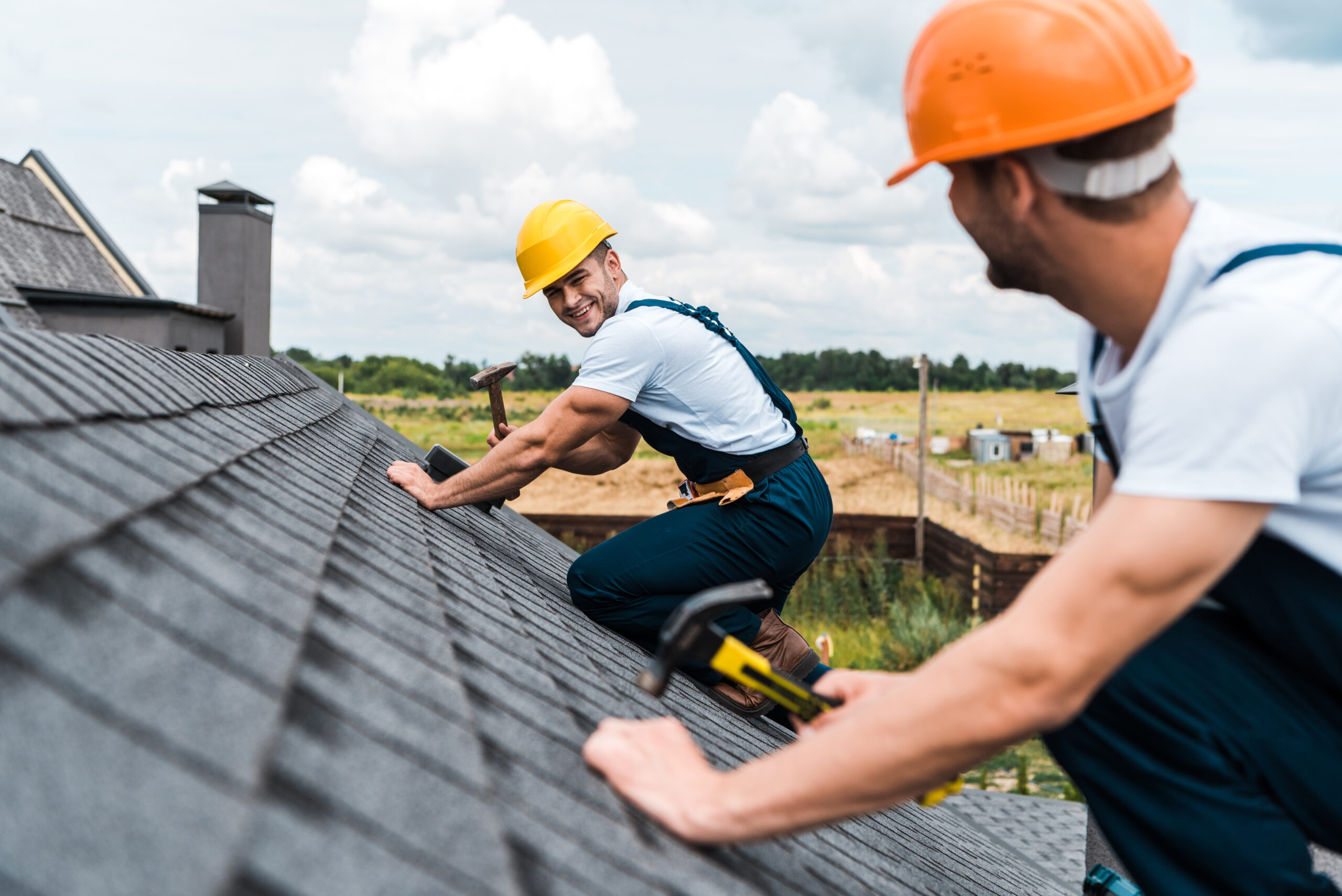
9. Flashing Damage
Flashing is used around chimneys, vents, and skylights to seal the roof and protect it from water intrusion. If the flashing is cracked or damaged, it can lead to leaks and water damage. In California, where heavy rains can occur, ensuring your flashing is in good condition is particularly important. Damaged flashing can compromise the entire roofing system, leading to costly repairs if not addressed promptly.
Regular inspection of flashing areas is crucial, as these are common points of vulnerability in any roof. Replacing or repairing damaged flashing can prevent water from seeping into your home and causing further damage. Professional roofers have the expertise to identify flashing issues and recommend appropriate solutions to maintain your roof’s integrity.
10. Higher Energy Bills
If you’ve noticed a spike in your energy bills, it could be due to your roof’s poor insulation or ventilation. A well-maintained roof helps regulate your home’s temperature, keeping it cool in the summer and warm in the winter. If your roof isn’t doing its job, it might be time to repair or replace it to improve energy efficiency. Addressing insulation and ventilation issues can lead to significant savings on your energy bills over time.
Poor energy efficiency can also be a sign of other underlying roof issues, such as gaps or damage that allow air to escape. An energy audit can help identify areas of your home that are contributing to higher energy consumption. By addressing these issues, you can enhance your home’s comfort and reduce your environmental impact.
When to Repair and When to Replace Your Roof
Not all roof issues require a complete replacement. Minor damage, such as a few missing shingles or small leaks, can often be repaired. However, if your roof is older or has extensive damage, replacement might be the more cost-effective option in the long run. Evaluating the extent of the damage and considering the age of your roof can help determine the best course of action.
Replacing a roof can be a significant investment, but it can also provide long-term benefits in terms of safety, energy efficiency, and property value. Consulting with a professional roofing contractor can provide valuable insights into the condition of your roof and the most appropriate solution for your situation. They can help weigh the pros and cons of repair versus replacement, ensuring you make an informed decision.
Hiring a Professional
Whether you’re considering repairs or a complete replacement, hiring a professional roofing contractor is essential. They can provide a thorough inspection and recommend the best course of action for your specific situation. Be sure to choose a reputable company with experience in the California climate. Their expertise can ensure that your roof is repaired or replaced to the highest standards, providing peace of mind for years to come.
Professional roofers have the tools and knowledge to safely and effectively address roof issues, minimizing the risk of further damage. They can also offer maintenance tips and advice on how to prolong the life of your roof. By choosing a qualified contractor, you can ensure that your roofing project is completed efficiently and to your satisfaction.
Conclusion
Your roof is a vital part of your home, protecting you and your family from the elements. Regular roof inspections and maintenance can help you catch issues early and extend the life of your roof. By staying vigilant and addressing problems as they arise, you can ensure your roof remains in top condition for years to come.
In summary, understanding the signs of roof damage and knowing when to take action can save you money and protect your home. Whether it’s repairing minor issues or replacing an aging roof, taking the right steps can provide peace of mind and maintain your property’s value. Investing in your roof is an investment in the safety and comfort of your home, ensuring it remains a secure haven for you and your family.
Contact Frontline Roofing Today!
If you’re experiencing any issues with your roof or simply want to ensure its longevity, don’t hesitate to reach out to Frontline Roofing. Our team of experienced professionals is ready to provide you with a thorough inspection and expert recommendations tailored to your specific needs.
Contact us today to schedule your consultation and protect your home!
continue reading
Related Posts
When it’s time to repair or replace your roof, one […]
When it comes to commercial and industrial roofing in California, […]
Your roof is your home’s first line of defense against […]
